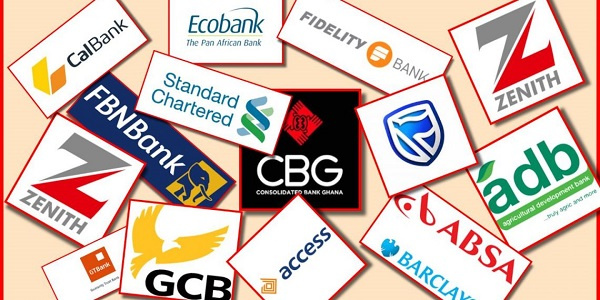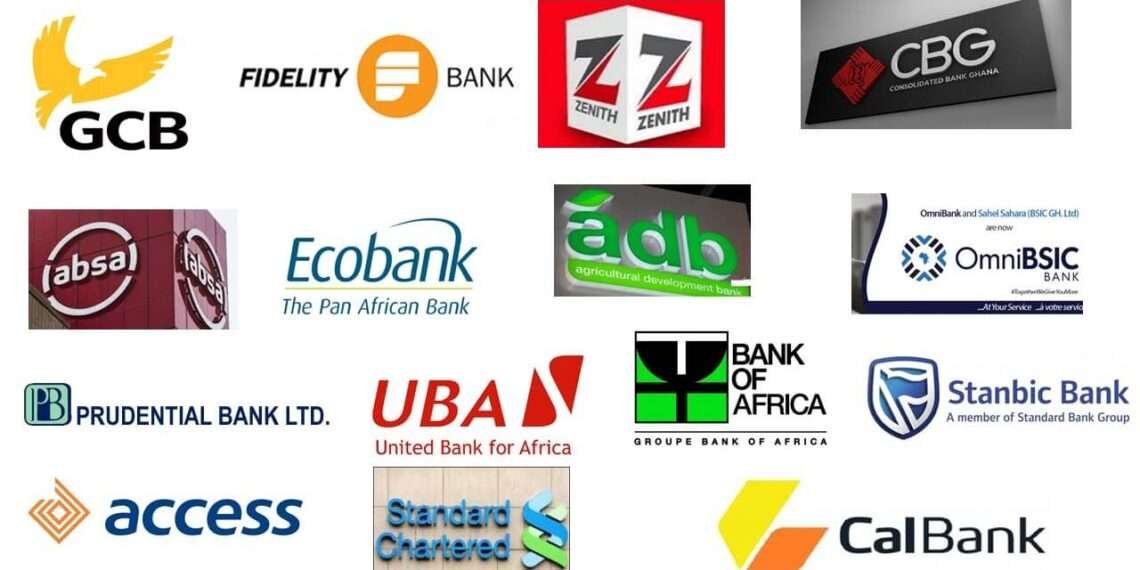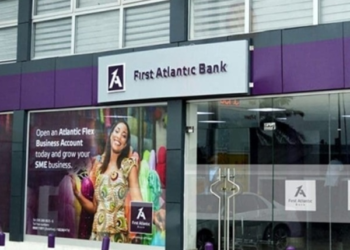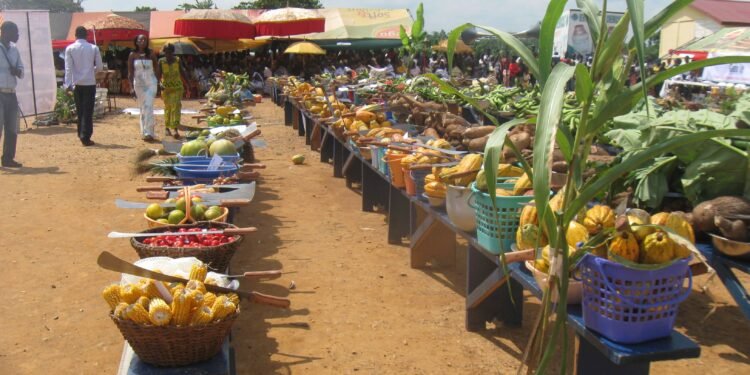The banking sector has recorded strong asset growth and improved profitability over the past ten months, but there are strong signs of emerging spillover effects from the recent macroeconomic challenges.
Data from the Bank of Ghana showed that total assets of the banking industry amounted to GH¢249.9 billion (an annual growth of 43.7 percent) at the end of October 2022.
Underpinning the growth in assets was sustained growth in deposits and borrowings, as well as the revaluation effect of the foreign currency component of key balance sheet indicators. Total deposits reached GH¢172.1 billion at the end of October 2022, representing an annual growth of 46.5 percent, compared with 17.2 percent during the same period in 2021.
Borrowings also increased by 47.6 percent to GH¢30.4 billion from GH¢20.6 billion in October 2021. Total investments increased by 1.9 percent to GH¢85.0 billion in October 2022, compared with a growth of 25.5 percent during the same period last year.

Gross advances, on the other hand, increased sharply by 57.5 percent to GH¢81.2 billion, relative to GH¢51.6 billion in October 2021. Financial Soundness Indicators remain broadly positive.
The industry’s Capital Adequacy Ratio (CAR) was 14.2 percent as at October 2022, above the prudential minimum of 13.0 percent, but showed a sharp decline from 19.8 percent recorded a year earlier.
“The reduction in the CAR levels broadly reflects the impact of ongoing macroeconomic developments, including the currency depreciation and the mark-to-market investment losses by some banks, as well as the continued growth in actual credit on the risk-weighted assets of banks.”
Bank of Ghana
Improved profitability
However, the Non-Performing Loans (NPL) ratio improved from 16.4 percent in October 2021 to 14.0 percent in October 2022, on account of the higher growth in credit relative to the increase in the NPL stock.
The banking sector remained profitable with profit-after-tax for the first ten months of 2022 at GH¢4.4 billion, representing an increase of 17.2 percent, compared with 10.0 percent growth during the same period last year.
Net interest income also grew by 22.7 percent to GH¢12.8 billion, higher than the 15.2 percent growth. Likewise, Net fees and commissions grew by 25.4 percent to GH¢2.9 billion, compared with 22.9 percent growth over the same comparative period.
Operating income accordingly rose by 27.0 percent, higher than the corresponding growth of 14.3 percent in 2021.
Rising operating expenses
The industry’s operating expenses increased by 28.1 percent in October 2022, compared with 11.0 percent for same period in 2021, on the back of the current challenging operating environment.

Loan loss provisions also went up significantly, reflecting the pickup in credit growth and elevated credit risks. Interest rates on the money markets trended upwards across the spectrum of the yield curve, in line with the tightening of monetary policy stance.
At the short-end of the market, the 91-day and 182-day Treasury bill rates increased to 31.53 percent and 32.61 percent respectively, in October 2022, from 12.46 percent and 13.16 percent respectively, in the same period of 2021.
Similarly, the rate on the 364-day bill increased to 32.32 percent from 16.24 percent over the review period. On the secondary market, rates on all bonds, from 2-year through to 20-years, almost doubled over the one-year review period.
The interbank weighted average rate increased to 23.98 percent in October 2022 from 12.66 percent in October 2021, consistent with the increases in the policy rate and the incremental hikes in the Cash Reserve Ratio from 12 percent in August 2022 to 14 percent in October.
In tandem, the average lending rates of banks rose to 31.40 percent in October 2022 from 20.34 percent in the same period of 2021.
READ ALSO: 2023 Budget: Government Must Settle Its Debts With Agriculture Players – Anthony Morrison























